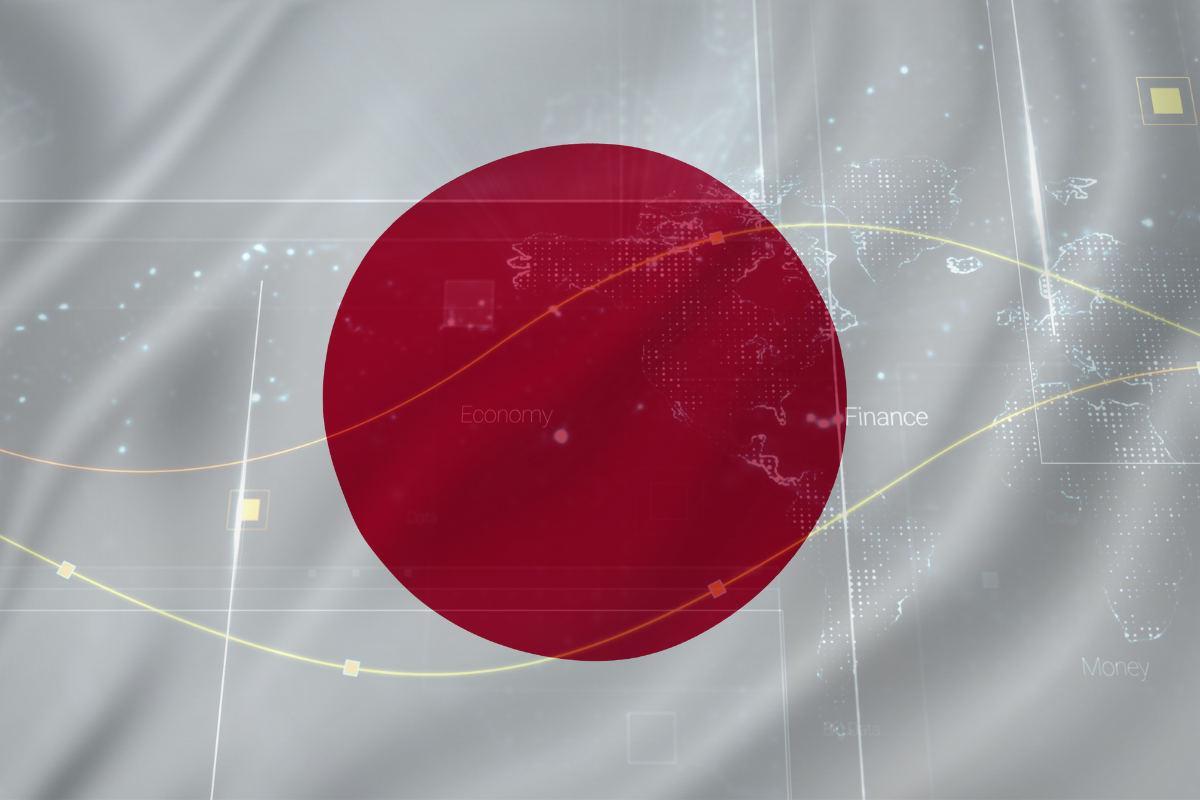The Bank of Japan (BOJ) recently raised its interest rate to the highest level since 2008. This decision marks a significant shift from the country’s long-standing policy of ultra-low interest rates. The BOJ’s move comes in response to rising inflation and increased economic pressure that has been building over time.
Japan’s economy has been grappling with inflation for several years. For decades, the country faced deflation, which led the BOJ to implement policies designed to boost inflation and stimulate economic activity. However, the economic environment has shifted. Inflation has risen significantly, leading the central bank to take action.
The decision to raise interest rates is part of a broader trend seen across the globe. Central banks in major economies like the United States and Europe have already raised their rates to curb inflation. The BOJ is joining other central banks by increasing rates to stabilize the economy and manage inflationary pressures.
Higher interest rates make borrowing more expensive. This means that loans and mortgages will likely become more costly for consumers. If borrowing costs rise, people may reduce their spending or delay significant purchases. Sectors that rely heavily on credit, such as housing and automobiles, could see slower growth.
Businesses will also feel the impact of higher rates. Companies that depend on loans for expansion will face higher borrowing costs. Small businesses, which often operate on tighter margins, may struggle to absorb these increased costs. Larger companies with more resources may find ways to manage these higher expenses but could still face challenges in maintaining growth.
The rate hike could also affect Japan’s currency. When interest rates increase, foreign investors seeking better returns can be attracted. This could result in a stronger yen, which could hurt Japan’s export-driven economy. A stronger yen makes Japanese goods more expensive in foreign markets, which may reduce demand for exports and affect the profitability of key industries.
Japanese exports are critical to the economy so a stronger yen could have significant consequences. Industries that rely on international trade, such as technology and automobiles, could face reduced competitiveness. This could lead to lower sales abroad and a drop in profits for exporters.
The BOJ’s rate increase attempts to control inflation but comes with risks. While higher rates can slow inflation, they could also slow economic growth. If borrowing becomes too expensive, consumers and businesses may reduce spending, lowering overall demand. The central bank must closely monitor the economy to ensure the rate hike does not lead to a slowdown or recession.
The decision to raise rates also represents a shift in the BOJ’s policy after years of maintaining low rates to stimulate growth. Japan’s economy is no longer facing the same deflationary pressures it once did, and the central bank is responding to the changing economic landscape. While the BOJ is taking steps to address inflation, it must carefully manage the balance between curbing inflation and fostering economic growth.
As Japan moves forward, the impact of this interest rate hike will become more evident. It will take time to determine whether the increase stabilizes inflation without hurting economic growth. The BOJ will need to adjust its approach if the effects of the rate hike are not as expected.




